The Leica Q3 43 is a high-end fixed-lens compact camera that cleverly combines a 60-megapixel 35mm full-frame CMOS sensor with a Leica Summilux 43mm f/2 prime lens featuring image stabilization.
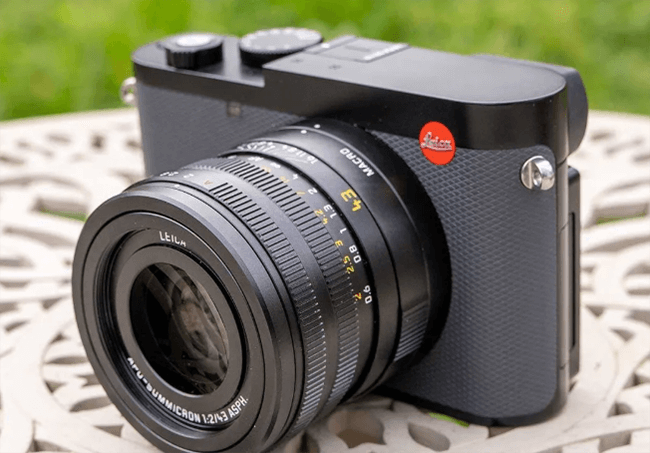
From an optical perspective, this new lens consists of 11 elements in 8 groups, including 7 aspherical elements. It also comes with a macro setting, which can shorten the focusing distance to 26.5 centimeters (approximately 10.4 inches).
The camera utilizes the same BSI (Back-Side Illuminated) CMOS sensor as the M11 rangefinder, and this sensor is equipped with a specially developed dual-layer UV/IR cut filter.
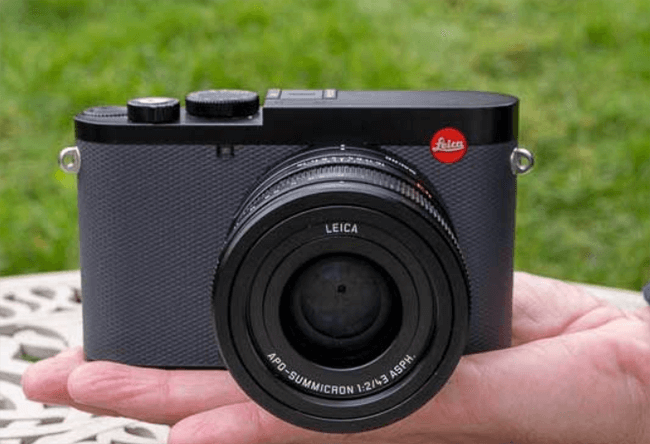
The key highlights of the Q3 43 include: an expandable sensitivity range of ISO 50 - 100,000, the latest-generation Maestro IV image processor, support for 8K/30p, 4K/60p, and 1080/120p video recording, a hybrid autofocus system with an intelligent subject recognition system, and a continuous shooting speed of up to 15fps.
This new model, launched in 2024, also features a battery life of 350 shots, USB-C connectivity, a 5.76-megapixel OLED electronic viewfinder (EVF), and a tilting 1.84-megapixel touchscreen LCD.
The Leica Q3 43 has a suggested retail price of £5,900 / $6,895, available in gray and black. It is meticulously designed and manufactured in Germany.
Ease of Use
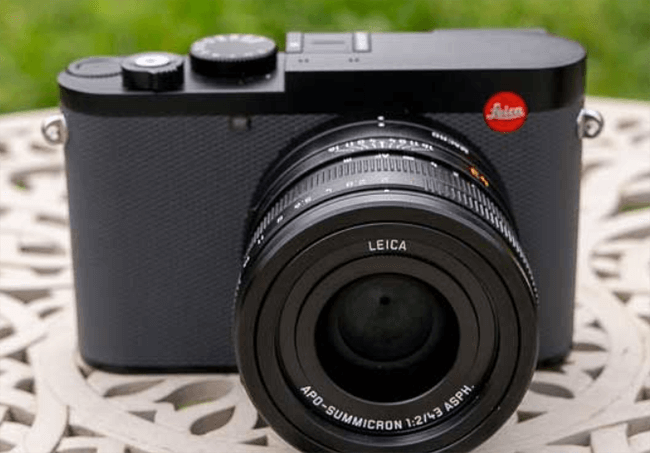
The key difference between the all-new Leica Q3 43 and the original Q3, which was released in mid-2023, lies solely in the lens.
The original Q3 is equipped with a wide-angle 28mm f/1.7 lens, while the Q3 43 features a unique 43mm optical element, which can deliver images with a perspective closer to that of the human eye.
This is because, on a 35mm full-frame sensor, 43mm is exactly the length of the diagonal. Therefore, the 43mm focal length is perfectly matched with the sensor, and compared with 50mm or 35mm lenses, it is closer to the human visual experience.
Thus, choosing between the original Q3 and the new Q3 43 actually comes down to a matter of perspective preference—whether it's the "wide-angle" perspective of 28mm or the "standard" perspective of 43mm—since in almost all other aspects, the two cameras are identical.
When placing the two cameras side by side, it can be found that the front of the Q3 43's body adopts a medium-gray artificial leather coating, while the original one uses black artificial leather—I personally prefer the relatively low-key style of the Q3.
Leica Q3 43
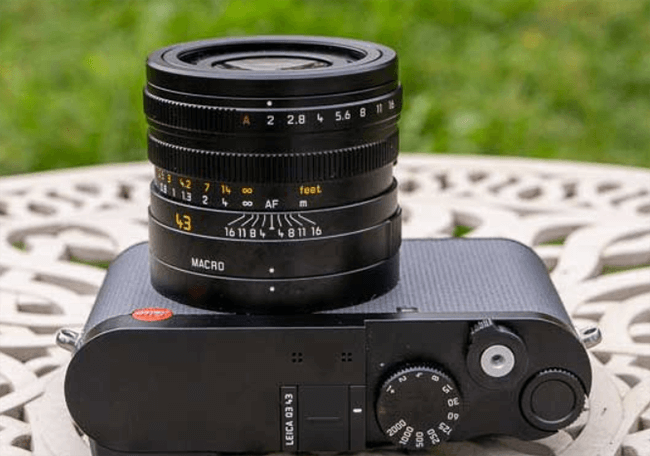
Other visual differences that distinguish the two cameras include: the lens barrel of the Q3 43 is engraved with the "43" logo, while the Q3 is engraved with "28"; on the hot shoe, the Q3 43 is marked with "Leica Q3 43", and the original model is marked with "Leica Q3".
Despite the longer lens of the Q3 43, the two cameras are almost identical in size and weight – the Q3 43 measures 130 x 80.3 x 97.6 mm and weighs 688 grams; the Q3 has dimensions of 130 x 80.3 x 92.6 mm and a weight of 685 grams. Therefore, choosing the Q3 43 has no obvious drawbacks, except that the longer lens causes the camera to tilt slightly forward on a horizontal surface (it can be a bit troublesome when taking product photos of the camera, but has little impact in actual use).
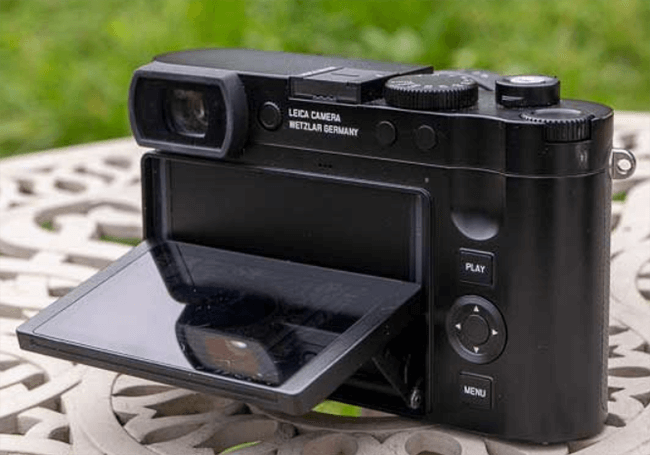
The maximum aperture of the new 43mm lens is slightly smaller than that of the Q3's 28mm optical lens – f/2 versus f/1.7 – but this difference is barely noticeable in actual shooting, and the longer focal length compensates for the difference in bokeh effect to some extent.
The macro modes of the two cameras are also different. The minimum focusing distance of the Q3 43 is 26.5 centimeters (about 10.4 inches), while that of the original model is 17 centimeters (about 6.7 inches). However, the longer focal length offsets this gap to a certain extent.
In other aspects, the regular minimum focusing distance is 60 cm for the Q3 43 and 30 cm for the Q3; the manually selectable aperture range for both is from f/2 to f/16, and automatic setting is also supported.
Leica Q3 43
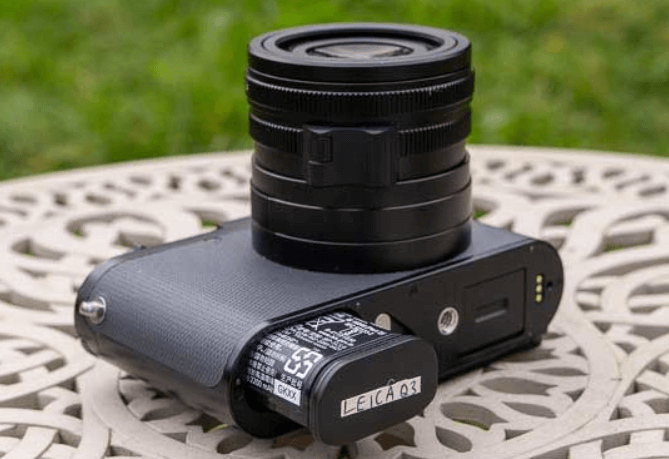
The change in focal length also directly affects the cropping modes, allowing the Q3 43 to simulate additional focal lengths. It offers equivalent croppings of 60mm, 75mm, 90mm, 120mm, and 150mm, corresponding to 31 million, 21 million, 14 million, 8 million, and 5 million pixels respectively.
These digital croppings are only applicable to JPEG files, while the camera also records full-size 60-megapixel DNG Raw files.
Since the camera crops the full-size image rather than performing interpolation like most digital zooms, the image quality does not degrade; only the number of pixels is reduced.
Of course, you can also perform similar cropping during post-processing, but the main advantage of having these cropping modes in the camera is that it simplifies and makes composition more intuitive, while also saving memory card space.
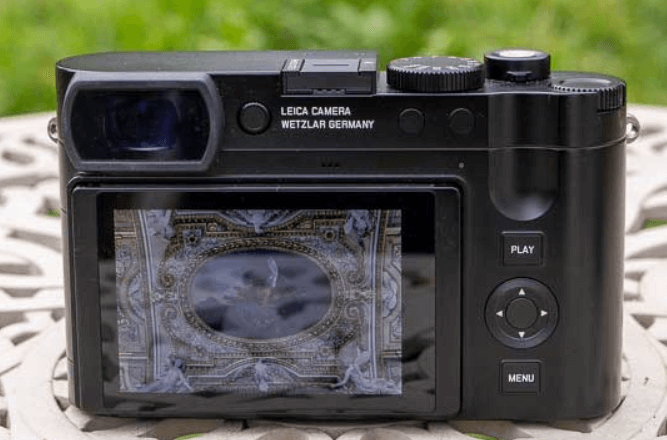
In practical use, the 60mm, 75mm, and 90mm cropping modes are very useful, equivalent to providing you with a convenient focal length range of 43-90mm while ensuring sufficient resolution.
The 120mm and 150mm modes are relatively more difficult to use because the image area available for composition is very small – the camera really needs to provide a higher magnification when using these modes – and the recorded image resolution is less than 10 million pixels.
Fortunately, the newly designed APO-Summicron 43mm f/2 ASPH lens on the Leica Q3 43 performs quite excellently. It consists of 11 elements in 8 groups, including 7 aspherical elements, and can deliver extremely sharp images across the entire aperture range with minimal chromatic aberration and distortion, even when used at the maximum aperture of f/2.
Leica has also equipped it with a screw-in lens hood, which can be used if you want it as an additional aid to prevent lens flare, or to avoid unwanted light and shadow artifacts in bright lighting conditions. The front of the lens is also threaded, allowing the installation of traditional 49mm glass filters.
Leica Q3 43
The Leica Q3 43 features the same 60-megapixel full-frame BSI (Back-Side Illuminated) CMOS sensor as the flagship M11 rangefinder camera, with a resolution that is more than 20% higher than the 47.3-megapixel Q2 model released in 2019.
Paired with the Maestro IV image processor, the Q3 43 can output 14-bit raw files, boasting a claimed dynamic range of up to 14 stops, an ISO range of 50-100,000, and can continuously shoot 60-megapixel images at 4fps with continuous AF/AE support.
The camera also has a special IR + UV cut filter placed in front of the sensor, which can correct even the most obliquely incident light. It is also equipped with a color filter array that provides more natural color reproduction than the Q2.
While the 60-megapixel resolution is highly appealing to potential users of this camera, Leica also thoughtfully offers two smaller resolution modes: 36-megapixel and 18-megapixel. This helps avoid the processing and storage challenges that may be encountered in the 60-megapixel mode, and can also extend the continuous shooting buffer time.
Therefore, the Q3 43 can be set to record 60-megapixel, 36-megapixel, or 18-megapixel DNG Raw images using the entire sensor area. These images all feature 14-bit color and 14 stops of dynamic range, which Leica refers to as "Triple Resolution Technology".
The Leica Q3 43 does not have a built-in flash, but if needed, the camera is equipped with a hot shoe that can be used to attach an external flash.
As you would expect from a Leica camera, the manual focusing operation of the Q3 43 is excellent. However, the way to switch between autofocus (AF) and manual focus (MF) is rather hidden and may not be easy to find for first-time users.
To switch to manual focus, you need to press the very small "You'll Miss it" lever on the lens with your fingernail, which allows the lens ring to move (in auto mode, the lens ring is "locked" in place). Then you can select manual distance markers on the lens barrel, and at this time, the camera will display a magnified area of the subject on the screen, making it easier for you to determine the focus more accurately.
The autofocus function of this new Q-series camera adopts a hybrid autofocus system, which includes phase-detection and contrast-detection pixels. When focusing and tracking objects, it is 5 times faster and more accurate than the Q2.
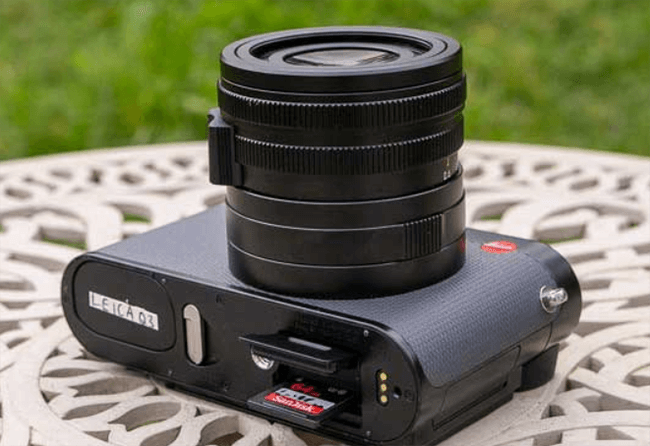
Interestingly, it also uses Panasonic's defocus depth system to build a depth map of the scene, thereby further enhancing autofocus performance.
The Q3 43 also benefits significantly from enhanced intelligent subject recognition capabilities.
By modern standards, this system is relatively simple, capable of recognizing only the eyes, faces, and bodies of humans and animals. Hidden at the bottom of the AF mode menu are two somewhat confusing options – the first is Eye/Face/Body detection, and the second is Eye/Face/Body + Animal detection (why isn't animal detection listed separately?). But at least in practical use, it works reasonably well.
Leica cameras have never been known for extremely fast continuous shooting speeds, and the Q3 43 is no exception.
Although on paper it claims to reach a continuous shooting speed of 15fps, in reality, focusing and exposure are locked after the first frame until the continuous shooting speed drops to a relatively ordinary 4fps. However, its buffer can store at least 63 RAW photos, so you can shoot continuously at 4fps for a relatively long time before the speed drops to that level.
Some photographers may argue that a 4fps continuous shooting speed is fast enough for a street photography camera equipped with a standard focal length lens, especially when paired with an excellent autofocus system.
The Q3 43 is equipped with both a mechanical shutter, with a shutter speed range of 120 seconds to 1/2000 seconds, and an electronic shutter, with a shutter speed range of 1 second to 1/16000 seconds. It also offers a hybrid option that can automatically switch between the two. The maximum flash sync speed is 1/200 seconds.
Related Tags: Leica Leica Q3 43
